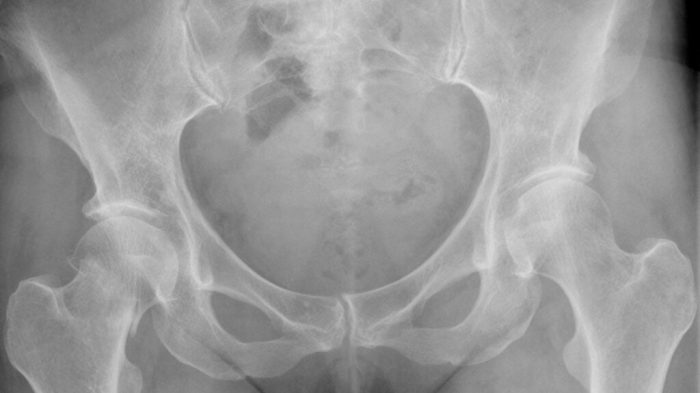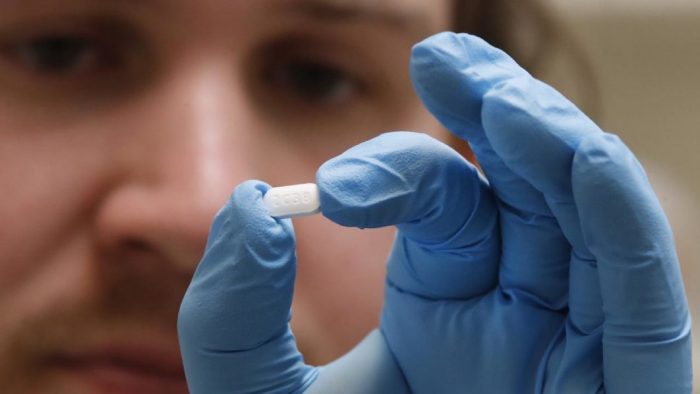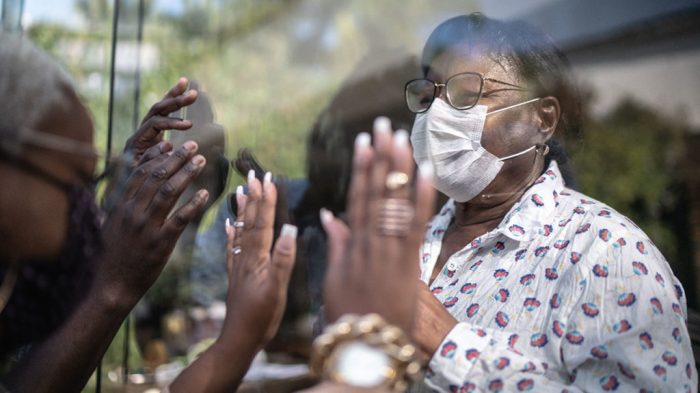Skepticism, yesterday, greeted the announcement by Russia that it had approved ‘‘world’s first’’ vaccine for COVID-19.
Russia announced the approval after carrying out Phases I and II clinical trials but had yet to conduct the mandatory third phase. The announcement came as the United States of America donated 200 ventilators to Nigeria to boost the fight against COVID-19.
New York Times yesterday reported that the Russian scientific body that developed the vaccine, the Gamaleya Institute, had yet to conduct Phase III tests on tens of thousands of volunteers in highly-controlled trials, a process seen as the only method of ensuring a vaccine is actually safe and effective. Around the world, more than 30 vaccines out of a total of more than 165 under development are now in various stages of human trials.
World Health Organisation maintains a comprehensive list of worldwide vaccine trials. In the latest version of the list, there is no Russian Phase III trial.
President Vladimir Putin of Russia, while making the declaration yesterday, claimed a Russian health-care regulator had become the first in the world to approve a vaccine for coronavirus, though the vaccine had yet to complete clinical trials.
The Moscow pronouncement has, however, raised international concerns, accusing Moscow of cutting corners to score political points.
Medical experts, who spoke with The Guardian yesterday, said the extraordinary pace with which the Russian government approved the vaccine for use was a cause for concern.
They said Phase 3 clinical trial (large study) that should involve thousands of people had yet to be concluded as it only started on June 1. The experts said Phase 3 clinical trial was needed to prove efficacy and safety and would eliminate bias when interpreting results.
Medical experts said they would not recommend the vaccine for Nigeria as it was fast-tracked and also because Russia had not shared or released data concerning the development and studies around the vaccine. They, however, said safety concerns notwithstanding, it showed there was hope that COVID-19 vaccine would be available to Nigerians in the near future.
According to WHO, vaccines should go through three stages of human testing before getting approval for widespread use. The first two phases test the vaccine on relatively small groups of people to find if it will cause harm and if it stimulates the immune system. The last phase, known as Phase 3, compares the vaccine to a placebo in thousands of people.
The final third phase is the only way to know with statistical certainty whether a vaccine prevents an infection. And because it is carried on a much larger group of people, Phase 3 trial can also pick up more subtle side effects of a vaccine that earlier trials could not.
Consultant public health physician/epidemiologist, member of Lagos State COVID-19 Response Team and former chief medical director of Lagos University Teaching Hospital (LUTH), Prof. Akin Osibogun, told The Guardian: “You need first to confirm if a clinical trial was conducted. If one was conducted, there are guidelines under which a clinical trial can be terminated. One condition is when you have obtained evidence that is so overwhelming that it will no longer be ethical to withhold a substance or treatment modality that has been found to be beneficial.
“Some years ago, during the polio vaccine trial, the study was terminated when overwhelming evidence showed its effectiveness. Investigative journalism is required to find out more about what the Russians have done precisely before praising or condemning them.”
A professor of virology, Chairman Expert Review Committee on COVID-19 and pioneer Vice-Chancellor of Redeemer’s University, Oyewale Tomori, said: “A safe and efficacious vaccine is, of course, what we need now. It will be a breakthrough of monumental magnitude. However, what we need now is a breakthrough, not a break loose. Russia says, so far, the vaccine is efficacious and we have no way of confirming that. Until we have that confirmation, it will not be safe to touch the vaccine.”
Tomori, however, said the western press has been sometime unduly critical. “Russia did say she had yet to run the phase three trial and also says mass vaccination will not start until October, so we wait and see. On the issue of rushing the clinical trials, is that not what the others are doing? If Russians are rushing faster than the others, did Yuri Gagarin not get into space before any other person? But the American got to the moon first. So, the issue is not the finishing but successfully completing the processes of clinical trials. Who does that first and shows prove of a safe and efficacious vaccine will win the race,” he said.
Tomori, who is also a consultant with WHO, said safety concerns were many, especially if clinical trial studies were not complete.
“Questions to be answered are: is the vaccine safe, doing no harm and not having or causing adverse effects, especially irreversible adverse effects? Is it efficacious and offers durable protection against the disease,” he asked.
The virologist said many questions could only be answered through clinical trials involving hundreds of people of different age groups and conditions; and this requires appropriate time and adequate number of people.
Tomori said Nigeria should actually participate in these clinical trials but “you know we are not as courageous, preferring not to venture but to consume the remains and leftovers of other courageous people.”
A public health specialist and Executive Director (ED)/Chief Executive Officer (CEO) of the National Primary Health Care Development Agency (NPHCDA), Dr. Faisal Shuaib, told The Guardian any vaccine that had gone through the three phases of clinical trial and obtained licensure would be a welcome development for the COVID-19 pandemic. Shuaib said an approved vaccine would be an unprecedented opportunity to protect the world against the deadly COVID-19.
“It would particularly be of benefit to the most vulnerable and those at highest risk of contracting the virus, like the frontline health workers,” he said.
NPHCDA is in charge of procurement and administering of vaccines in Nigeria, especially against childhood killer diseases.
The epidemiologist emphasized that any vaccine would be tested as stipulated by the National Agency for Food and Drug Administration and Control (NAFDAC). “The COVID-19 vaccine would not be an exception. If anything, we would expect a higher degree of scrutiny to ensure data from the trials unequivocally shows the vaccine is fit for use. Besides that, NPHCDA will collaborate with NAFDAC to ensure the vaccine is safe for use by Nigerians. So we must safeguard the health and interests of Nigerians. This is a priority that is not negotiable,” he said.
Meanwhile, the United States Government has handed over 200 ventilators to Nigeria as promised by President Donald Trump to support the fight against the COVID-19 pandemic.
U.S. also applauded Nigeria for her prompt action to prevent the spread of COVID-19 and urged the country to sustain the effort as an example for other African nations to follow.
While presenting the ventilators to government at the Abuja premier medical warehouse, the U.S. Ambassador to Nigeria, Mary Bert Leonardo, observed that the donation and other assistance by America over the years signified strong cooperation between Nigeria and the United States.
Leonardo noted that since the pandemic began, the United States had provided Nigeria with more than $54 million in COVID-19 assistance and would continue to support Nigeria’s prevention and response efforts, both now and in the future.
Receiving the items, the Minister of Health, Dr. Osagie Ehanire, said the equipment would support Nigeria’s fight against COVID-19.

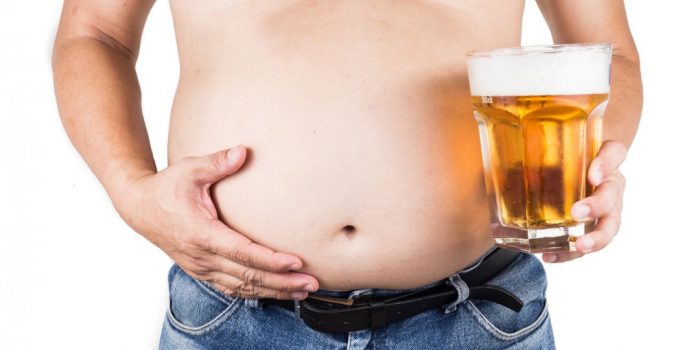
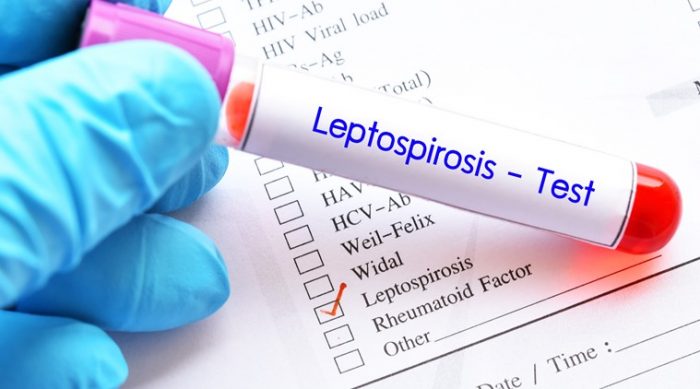
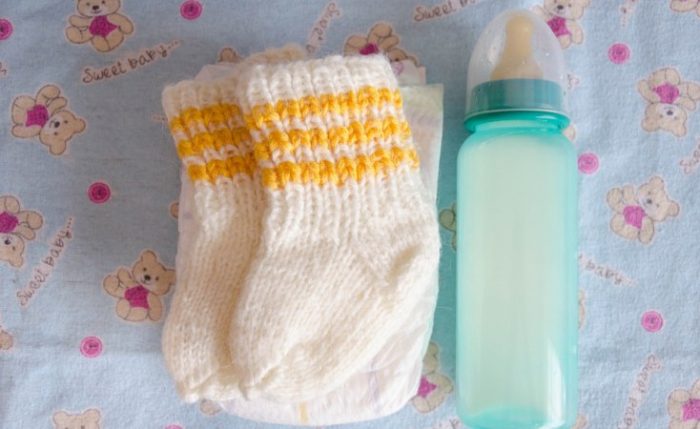
 baby dummy
baby dummy